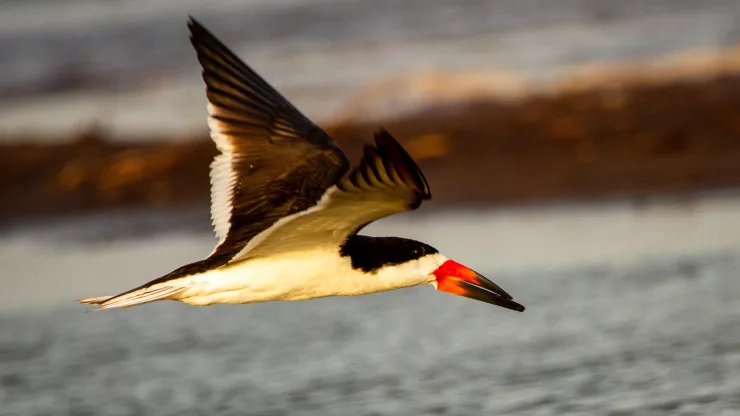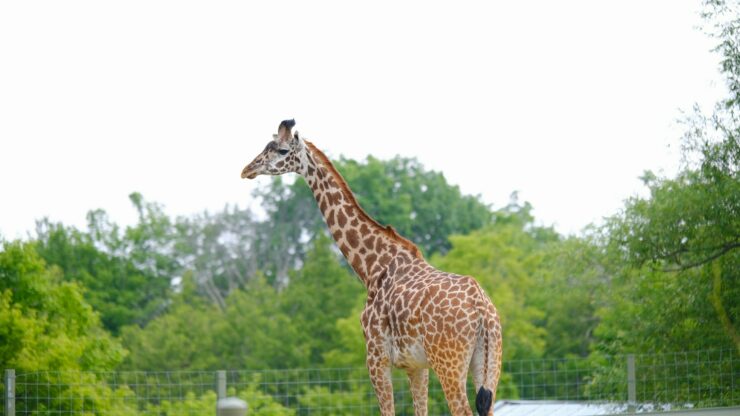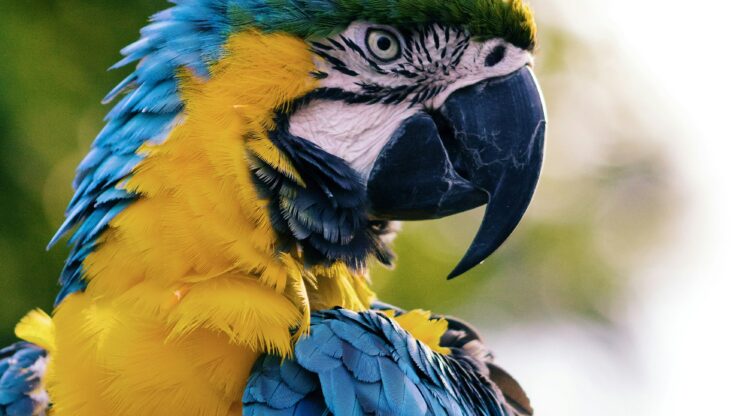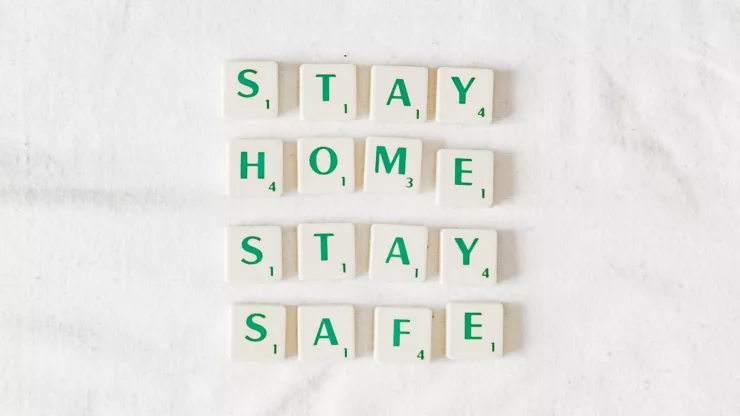Jump to Section
The Urban Jungle: How City Expansion Affects Wildlife
As cities continue to expand, more and more natural habitats are being destroyed, causing wild animals to increasingly interact with humans.
This has led to a growing concern for both the safety of humans and the welfare of wildlife.
In this article, we will explore the effects of urban expansion on wildlife, the importance of urban wildlife management, and sustainable solutions for coexisting with wildlife.
Human-Wildlife Interactions: A Growing Concern
Human-wildlife interactions can be both positive and negative. However, as urban expansion continues, negative interactions are on the rise.
Some of the most common negative interactions include:
- Property damage: Animals, such as raccoons and squirrels, can cause damage to property by nesting in attics, chewing through wires, and tearing up insulation.
- Disease transmission: Wildlife can carry diseases that are transmissible to humans, such as rabies, Lyme disease, and West Nile virus.
- Personal injury: Wildlife, such as bears and coyotes, can pose a threat to human safety if they feel threatened or cornered.
- Vehicle collisions: As animals migrate to new habitats, they must cross roads and highways, increasing the risk of vehicle collisions.
These negative interactions highlight the importance of managing wildlife in urban areas.
The Importance of Urban Wildlife Management
Urban wildlife management is crucial for ensuring the safety of both humans and wildlife. Some of the benefits of urban wildlife management include:
- Protecting property: By managing wildlife populations, property damage can be minimized.
- Preventing disease outbreaks: By monitoring and controlling wildlife populations, the risk of disease transmission can be reduced.
- Promoting coexistence: By establishing guidelines for human-wildlife interactions, coexistence can be achieved, leading to a healthier ecosystem.
- Preserving biodiversity: By managing urban wildlife populations, biodiversity can be preserved, allowing for a healthy balance in the ecosystem.
Sustainable Solutions for Coexisting with Wildlife
Coexisting with wildlife in urban areas requires sustainable solutions that balance the needs of both humans and wildlife. Some of the most effective solutions include:
- Habitat restoration: Restoring natural habitats in urban areas can provide wildlife with a safe space to live, reducing the need for them to interact with humans.
- Education: Educating the public on how to safely and responsibly interact with wildlife can promote coexistence.
- Wildlife-friendly construction: Building structures that are wildlife-friendly, such as bridges and tunnels, can help reduce the risk of vehicle collisions.
- Wildlife management: Implementing humane wildlife management practices, such as trapping and relocation, can help manage wildlife populations.
By implementing sustainable solutions, we can create a healthier and safer environment for both humans and wildlife.
FAQ
What is urban expansion?
Urban expansion refers to the growth and spread of cities into previously undeveloped areas.
What are some of the negative interactions between humans and wildlife?
Some of the most common negative interactions include property damage, disease transmission, personal injury, and vehicle collisions.
Why is urban wildlife management important?
Urban wildlife management is important for ensuring the safety of both humans and wildlife, preventing disease outbreaks, promoting coexistence, and preserving biodiversity.
What are some sustainable solutions for coexisting with wildlife?
Sustainable solutions include habitat restoration, education, wildlife-friendly construction, and humane wildlife management practices.
I’m a nature enthusiast and creator of Metro Wilds and have spent years exploring the great outdoors.
With a passion for environmental conservation and sustainability, I have dedicated my career to writing about the beauty and wonders of nature, as well as the threats facing our planet.
Contact me at [email protected] for assistance.





